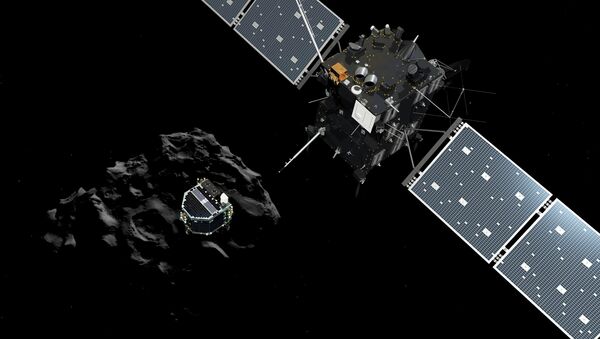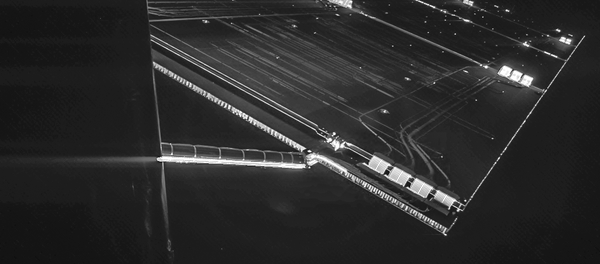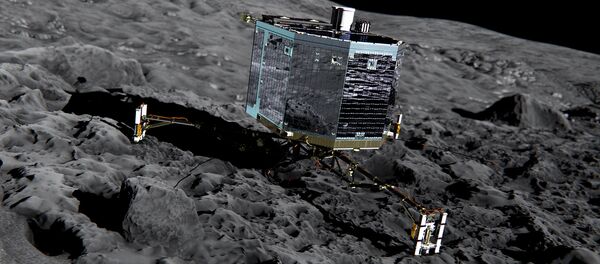MOSCOW (Sputnik) — The research module landed on the comet in November 2014 to collect and transfer data on its composition. After landing on the comet the Philae module went into "silent mode," due to low batteries, before reawakening in June.
The Lander Control Center at the DLR has been trying to reestablish communication with Philae since July 9, when the lander returned to "silent mode" after a successful data transmission session.
"We sent a command to turn on the Rosetta Lander Magnetometer and Plasma Monitor (ROMAP), but have not seen a response," DLR's Philae project leader Stephan Ulamec said.
He added that the communication between the lander and the space probe might be hampered if Philae's antennas are concealed from Rosetta, or their orientation relative to the control module has changed due to outgassing during the comet's approach to the sun.
According to the DLR, Philae is now receiving maximum solar energy for its batteries, disallowing a power problem as a possible reason for communication to suddenly cease.
DLR engineers believe a problem might have occurred due to radio receiver damage or a malfunction of a transmitter unit on the lander.
Ulamec said his team will send an instruction to Philae for "blind commanding" to switch the probe to operate with only one transmitter and receiver.
At the end of the week Rosetta will change its orbit due to the increasing activity in the comet's subsoil as it approaches the sun and warms up. This new stage of the mission will reduce the chances of reestablishing contact with the Philae module.



